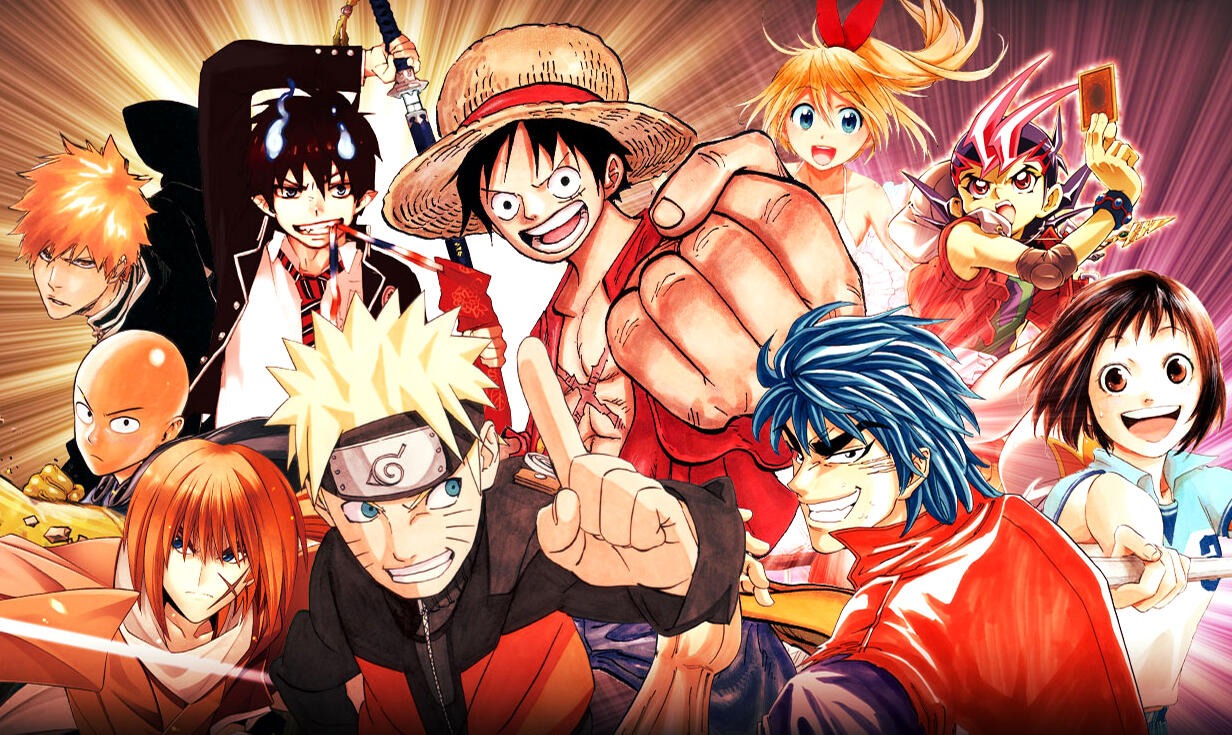Manga: The Global Phenomenon Captivating Readers of All Ages
Manga, the Japanese art form of graphic storytelling, has become a cultural juggernaut that transcends borders and languages. With its deeply expressive characters, immersive storylines, and vast range of genres, manga has earned a massive following worldwide. From the bustling streets of Tokyo to high school libraries in Europe and North America, manga continues to shape pop culture and influence art, cinema, and literature.
One of the biggest enablers of this global manga craze is the rise of digital manga platforms like mangabuddy com, which offer fans easy access to their favorite titles in multiple languages. In this article, we’ll explore the history of manga, its various genres, the reasons behind its explosive popularity, and the role of platforms like mangabuddy com in bringing this cultural treasure to the world.
A Brief History of Manga
Manga’s origins can be traced back to Japanese picture scrolls and woodblock prints from the 12th century. However, the modern version of manga as we know it today began to take shape in the post-World War II era. Osamu Tezuka, often referred to as the “God of Manga,” revolutionized the medium with his iconic works such as Astro Boy (Tetsuwan Atom) and Black Jack. Tezuka introduced cinematic storytelling techniques, dramatic panel layouts, and emotionally complex characters, laying the foundation for modern manga.
By the 1980s and 1990s, manga became a cultural staple in Japan. Major publishing houses like Shueisha, Kodansha, and Shogakukan produced serialized manga in weekly and monthly magazines such as Shonen Jump, Shojo Beat, and Morning. These magazines catered to various demographics—from children and teenagers to adults—making manga a truly universal form of entertainment.
The Diverse World of Manga Genres
One of manga’s most appealing qualities is its vast array of genres and subgenres. Whether you’re interested in action-packed battles, heartfelt romances, supernatural mysteries, or slice-of-life dramas, there’s a manga for every taste.
Shonen: For Young Boys and Beyond
Shonen manga typically targets boys aged 12–18 but has a wide readership across all genders and ages. These series often feature action, friendship, perseverance, and growth. Popular shonen titles include Naruto, One Piece, Bleach, and My Hero Academia. These series are commonly serialized weekly and are renowned for their compelling characters and epic battles.
Shojo: Romance and Drama
Shojo manga is aimed at young girls and emphasizes relationships, emotions, and personal growth. Titles like Fruits Basket, Ouran High School Host Club, and Sailor Moon are shojo classics that have captured the hearts of millions with their charming protagonists and romantic storylines.
Seinen and Josei: Adult Themes and Realism
Seinen manga targets adult men, while Josei is geared toward adult women. These genres explore mature themes such as politics, sexuality, trauma, and complex human relationships. Examples include Berserk, Monster, and Nana. The storytelling in these genres is often darker and more nuanced, catering to readers seeking depth and realism.
Isekai, Fantasy, and Sci-Fi
Another booming trend in manga is the isekai genre, where characters are transported from the real world into fantasy or game-like worlds. Popular isekai titles like Re:Zero, Sword Art Online, and That Time I Got Reincarnated as a Slime blend adventure, magic, and alternate realities. These imaginative stories have led to an explosion of webcomics and adaptations, often featured on platforms like mangabuddy com.
Why Manga Is So Popular Worldwide
Emotional Storytelling
Manga’s unique ability to convey deep emotions through visual storytelling sets it apart from traditional literature. Facial expressions, panel composition, and dialogue work in tandem to create powerful narratives that resonate with readers on an emotional level.
Artistic Expression
The detailed artwork in manga is not just a backdrop; it is integral to the story. From dynamic fight scenes to serene countryside vistas, the visuals enhance the experience and provide an immersive world that readers can dive into.
Accessibility and Digital Platforms
One of the major reasons for the global boom in manga is its accessibility. Thanks to online platforms like mangabuddy com, readers can explore thousands of titles in multiple languages, free or with minimal cost. These platforms help fans stay up-to-date with the latest chapters, discover hidden gems, and even interact with fellow enthusiasts.
The Role of Digital Platforms like mangabuddy com
In the digital age, online reading platforms have become a vital part of manga consumption. Websites such as mangabuddy com offer a wide array of manga titles, including rare and niche series that are hard to find in physical form. With user-friendly interfaces, advanced search filters, and fast updates, platforms like this have revolutionized how manga is distributed and enjoyed.
Furthermore, mangabuddy com and similar platforms foster global communities of fans who share recommendations, reviews, and fan art. This digital ecosystem not only keeps readers engaged but also helps lesser-known titles gain popularity through word-of-mouth and social sharing.
Popular Manga Titles on mangabuddy com
The popularity of a manga series often depends on reader preferences, but several titles consistently top the charts on platforms like mangabuddy com. These include:
- Solo Leveling – Though technically a manhwa (Korean manga), this action-packed fantasy series has taken the manga world by storm.
- Chainsaw Man – A gritty, horror-action series with a unique art style and unpredictable plot twists.
- Tokyo Revengers – A time-travel thriller that blends gang wars with emotional depth.
- Jujutsu Kaisen – Another supernatural action hit, known for its dynamic characters and incredible fight scenes.
- Attack on Titan – This epic saga of humanity vs. monstrous Titans remains a favorite for its dark storytelling and philosophical undertones.
These titles reflect the broad spectrum of content available on mangabuddy com, catering to every type of reader.
The Cultural Impact of Manga
Manga is more than just entertainment—it’s a cultural phenomenon that influences fashion, music, cinema, and even politics. In Japan, manga characters are featured on everything from subway ads to government campaigns. Globally, manga has inspired countless Western creators, leading to adaptations, cosplay events, and anime conventions around the world.
The success of anime series based on manga—such as Death Note, Demon Slayer, and Fullmetal Alchemist—has also played a major role in promoting the source material. In many cases, fans discover anime first and then turn to manga for deeper plotlines, extended arcs, or alternate endings.
The Future of Manga
The future of manga looks brighter than ever. As technology advances, we can expect innovations in interactive storytelling, augmented reality, and AI-enhanced translations. Webtoon-style vertical manga and full-color digital formats are becoming more popular, especially with younger audiences who read on smartphones.
Meanwhile, platforms like mangabuddy com will continue to democratize access to manga by making it available to global audiences regardless of geography or income. With ever-expanding libraries and real-time updates, the next generation of manga lovers will be more connected, informed, and passionate than ever before.
Conclusion
Manga has evolved from traditional Japanese storytelling to a global sensation that captivates millions. With its rich history, diverse genres, and emotionally compelling narratives, manga offers something for everyone—whether you’re a seasoned fan or a curious newcomer.
Thanks to digital platforms like mangabuddy com, accessing and enjoying manga has never been easier. These online hubs not only deliver high-quality content but also connect fans worldwide, helping to sustain and grow the vibrant global manga community.
As manga continues to break barriers and redefine storytelling, one thing remains clear: its power to inspire, entertain, and unite readers is here to stay.

